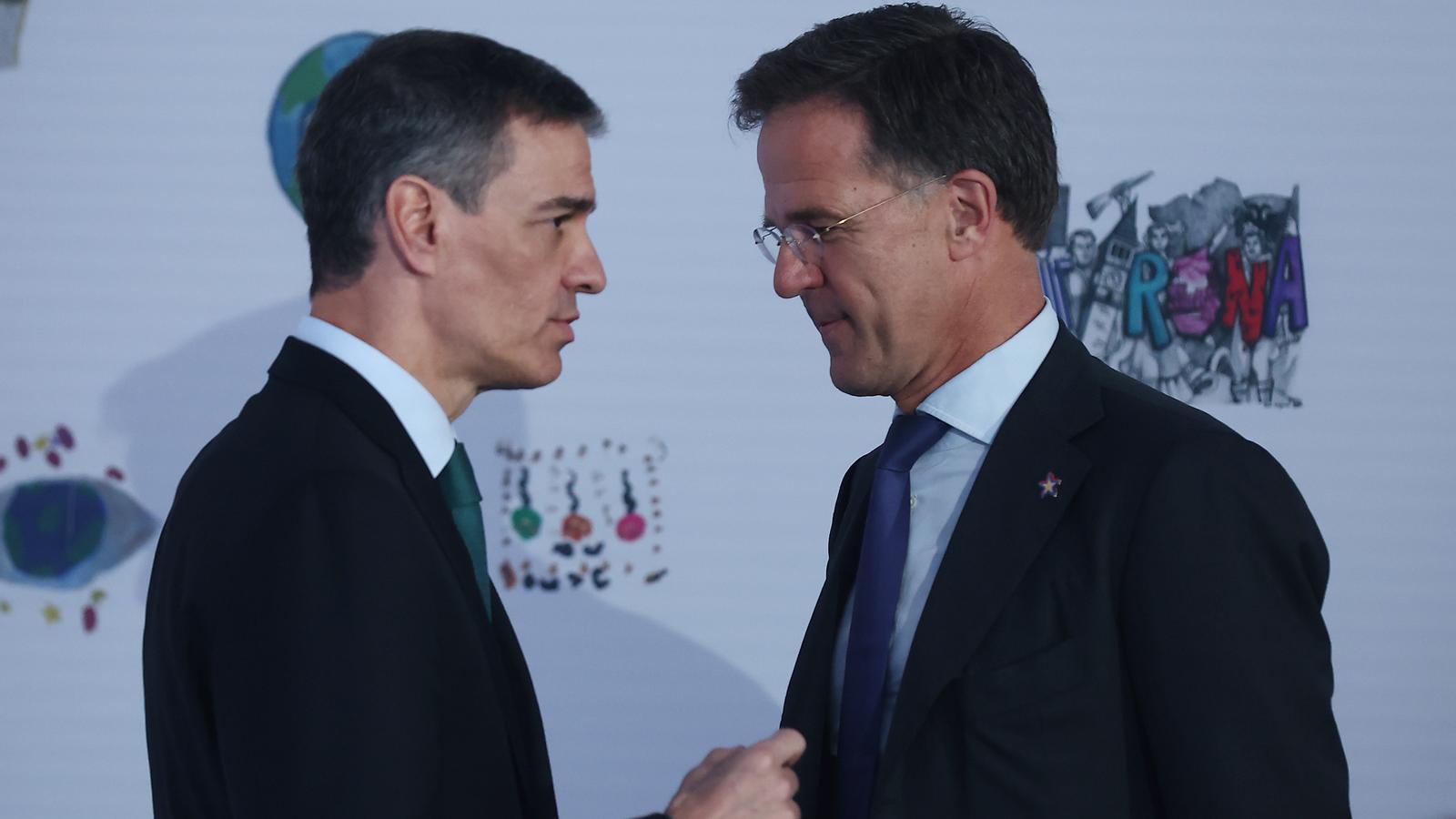Record military spending, but European autonomy remains to be achieved


The arms race continues at full speed, and at this time, according to the latest NATO report, the 31 member countries (Iceland is not included in this count) have already met the demand, agreed in 2014, to reach 2% defense spending as a proportion of their gross domestic product (GDP). Spain has also met this percentage, which, as Pedro Sánchez announced in April, has now reached the figure initially planned for 2029. This additional spending represents an increase of just over €10 billion compared to the 2024 budget—from €22.693 billion to €331 billion. Not only is this spending on arms purchases but also on other strategic areas such as artificial intelligence, robotics, and biotechnology. However, the truth is that this is a historic record for military spending, which, when compared especially with what it was ten years ago, shows how immense the State's effort in this area has been, having gone from spending 9.5 billion euros in 2014 to just over 33 billion today.
In any case, the truth is that, as in other matters, the President of the United States, Donald Trump, is getting ahead. In his previous term, he had already demanded a sharp increase in spending from countries under the threat of leaving the Alliance. He didn't achieve it then, but now the threat has been stronger, and everyone has gotten their act together to meet the target, although, as expected, what Trump is demanding is now between 3.5% and 5%, a percentage that not even his government is meeting, although countries like Poland and the Baltic countries are meeting it, and he is considering an attack by Putin like the one he carried out in Ukraine.
And it was this war that has shifted Europe's priorities, shifting from being the main defender of peace and focusing efforts on the climate crisis to concentrating on forced marches towards rearmament. The obvious danger posed by Putin and his expansionist drive has been demonstrated in Ukraine, and if Europe wants to play a role in safeguarding peace in this country, it is clear that it will need to strengthen its defense apparatus, even outside of NATO. Yesterday's bombings in Kiev, with at least 20 deaths, demonstrate that the Russian dictator has no particular interest in reaching any agreement and his strategy remains to try to win the war on the battlefield or, at least, reach an armistice after having occupied as much Ukrainian territory as possible.
The problem with the current rearmament, within the framework of NATO and monitored by a United States that sometimes makes it hard to tell which side it is on, is that it is being done in a hurry, buying weapons from companies mainly in the United States and also in Israel, and without there being time, for the moment, to start up its own defense industry. This immense increase in spending that has been made, and especially the one being requested now, which practically doubles it, will only make sense if it is accompanied by its own industrial investment that ensures Europe's self-sufficiency and allows that behind this military spending, as has occurred until now in all wars, there are also future benefits for its own civilian account and there are no benefits for its own civilian industry.
